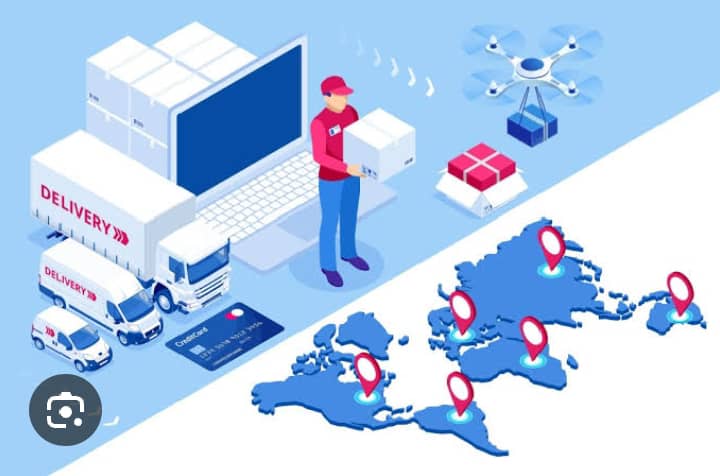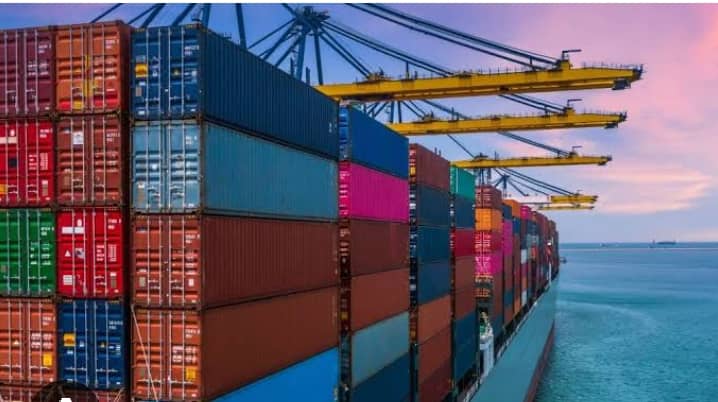Cross-border coordination refers to the ability of a business to manage its operations across different countries. Cross-border trade dramatically expands a business’s reach by providing access to a global customer base. It allows businesses to expand into international markets and reach new customers, suppliers, and partners. Businesses exploit the ability to transfer funds internationally instantly, allowing them to expand into new markets, build international supply chains and even hire global workers.

SEAMLESS WAYS FOR CROSS-BORDER TRADE.
1. Understand Regulations and Compliance.
a. Research and understand the regulations, laws, and compliance requirements of the countries involved in the trade.
b. Ensure you have the necessary permits, licenses, and documentation to avoid delays or penalties.

2. Choose the Right Logistics Partner
a. Select a logistics partner with experience in cross-border trade and knowledge of the regulations and requirements.
b. Ensure they have a strong network and infrastructure to support timely and efficient delivery.

3. Mitigate Risks and Ensure Insurance
a. Identify potential risks, such as cargo damage or loss, and take steps to mitigate them.
b. Ensure you have adequate insurance coverage to protect against unforeseen events.

4. Streamline Customs Clearance
a. Use technology, such as automated customs clearance systems, to streamline the process and reduce delays.
b. Ensure all necessary documentation is accurate and complete to avoid holdups.

5. Leverage Technology and Data Analytics
a. Utilize technology, such as data analytics and visibility tools, to track shipments and monitor supply chain performance.
b. Analyze data to identify areas for improvement and optimize cross-border trade operations.

Additional tips:
- Communicate effectively: Ensure clear communication with all parties involved, including suppliers, logistics providers, and customers.
- Be prepared for unexpected delays: Have contingency plans in place to address unexpected delays or disruptions.
- Stay up to date with changing regulations: Continuously monitor and adapt to changing regulations and requirements.
SUMMARY.
By following these tips, businesses can navigate the complexities of cross-border trade and ensure seamless, efficient, and compliant operations.